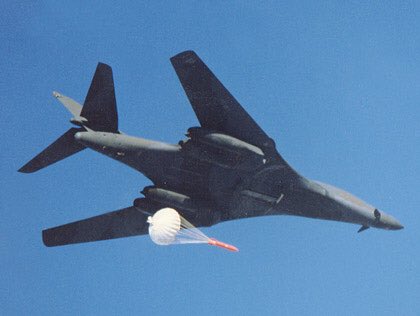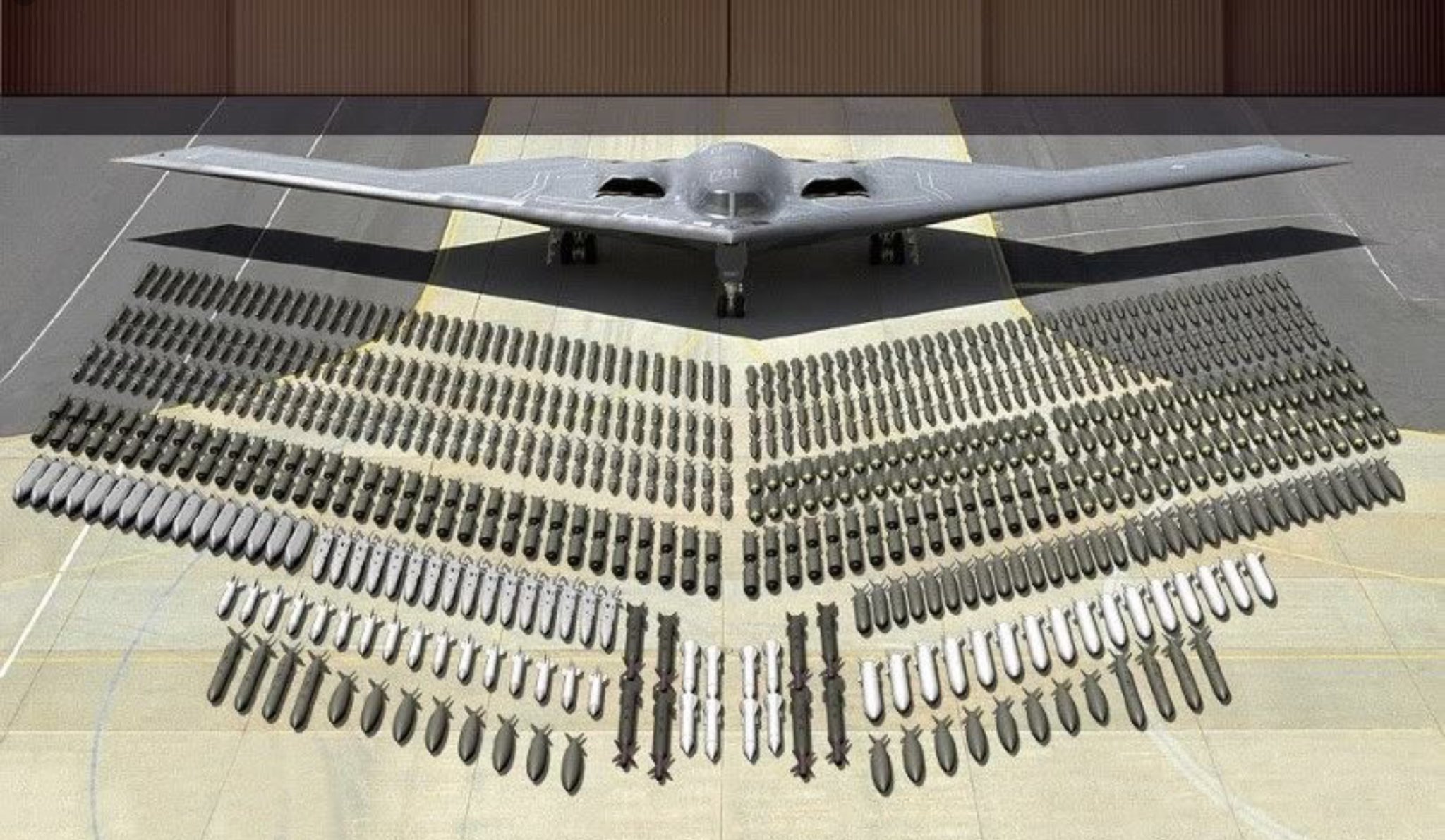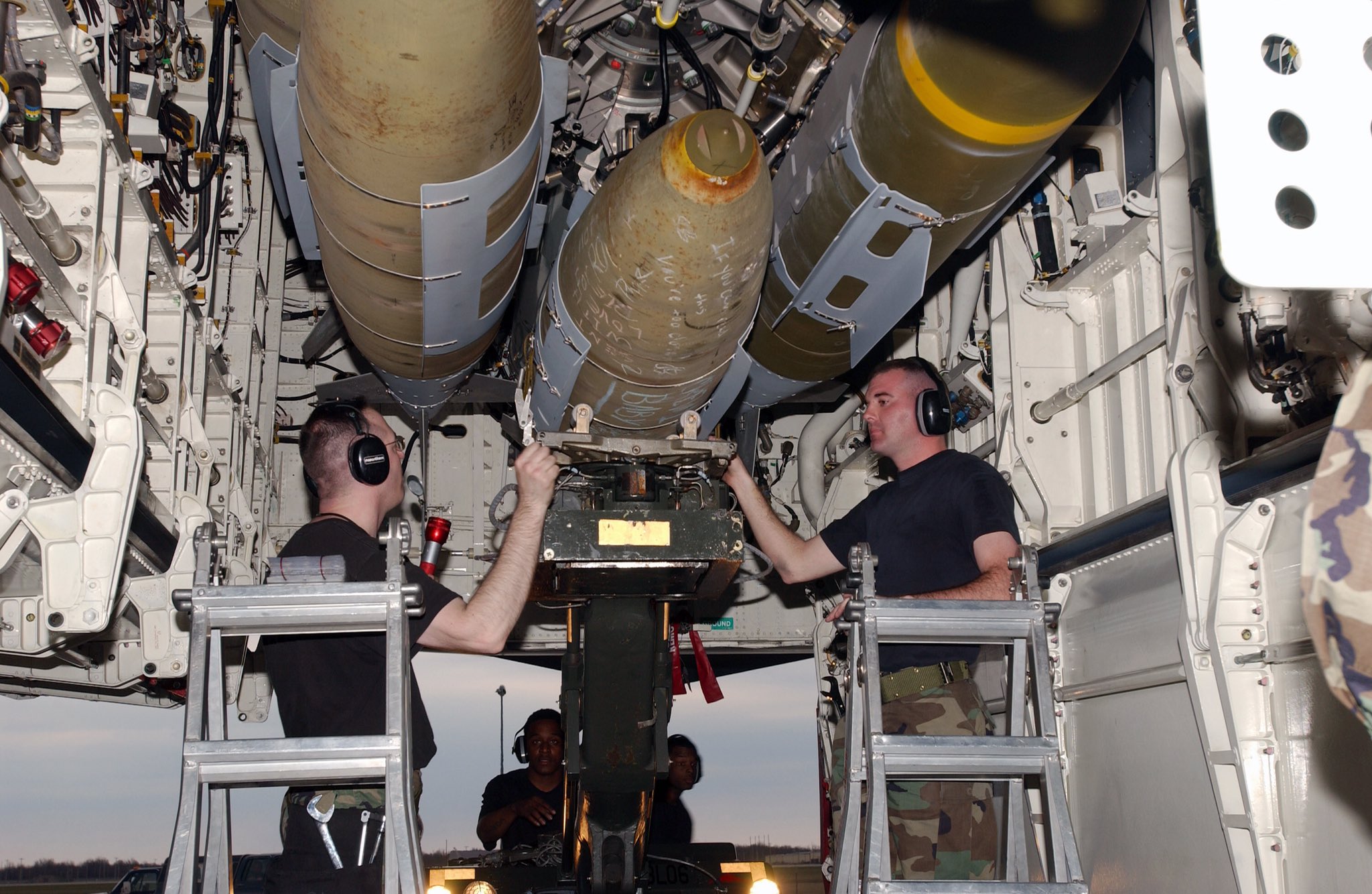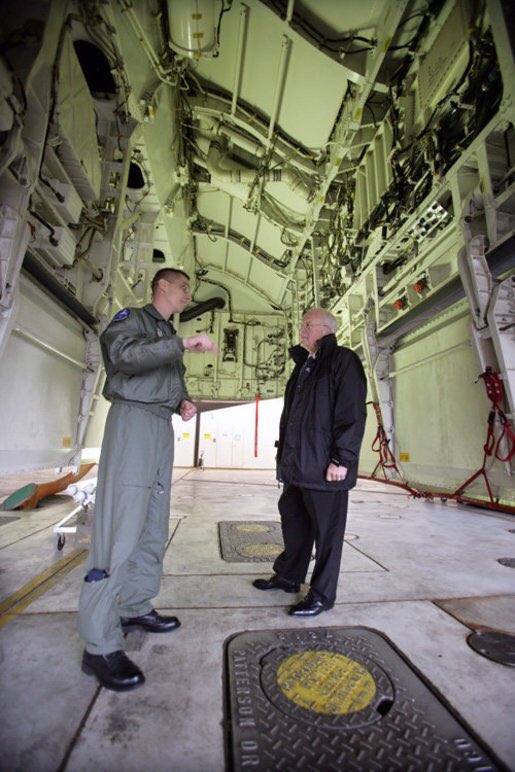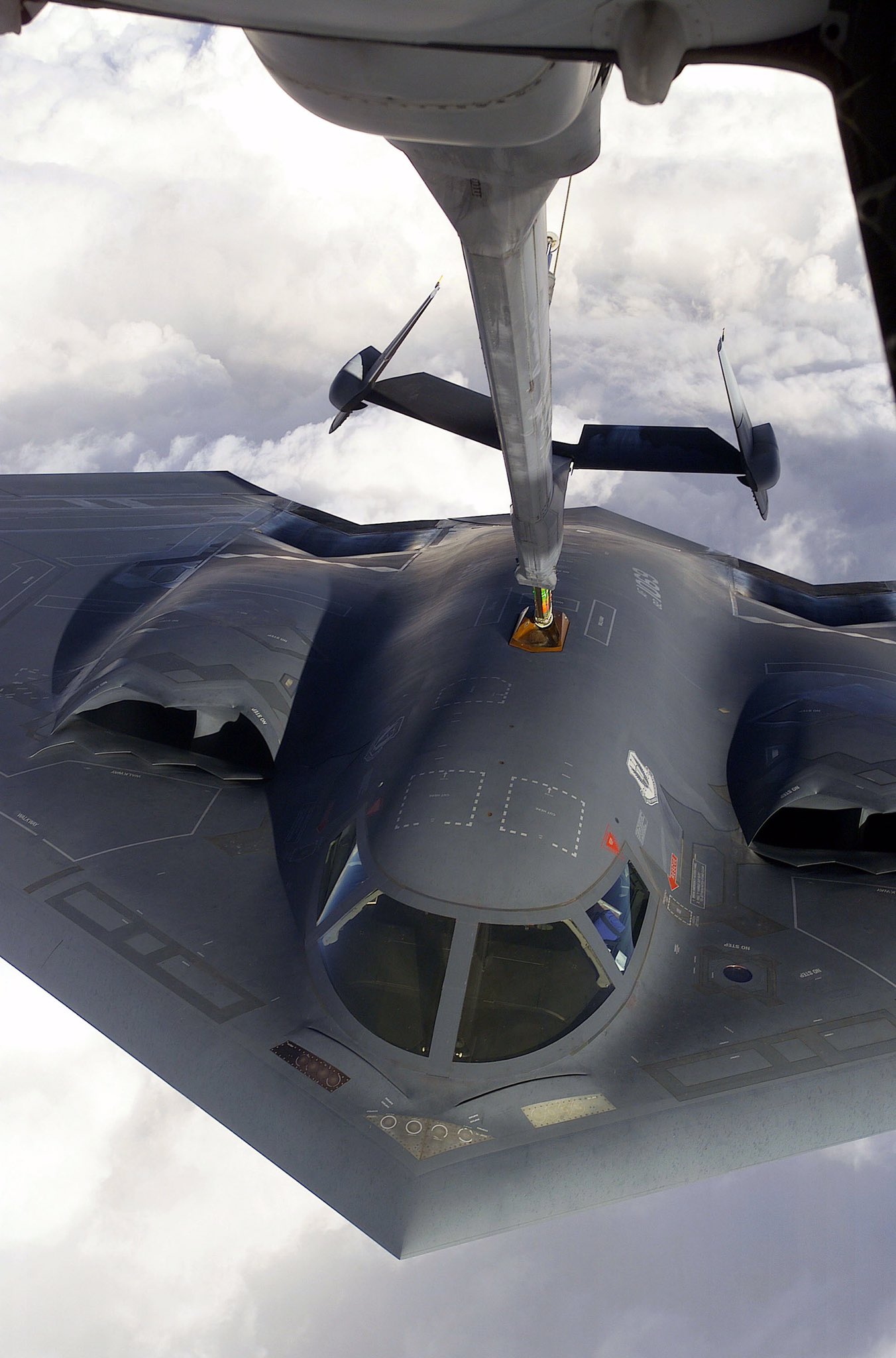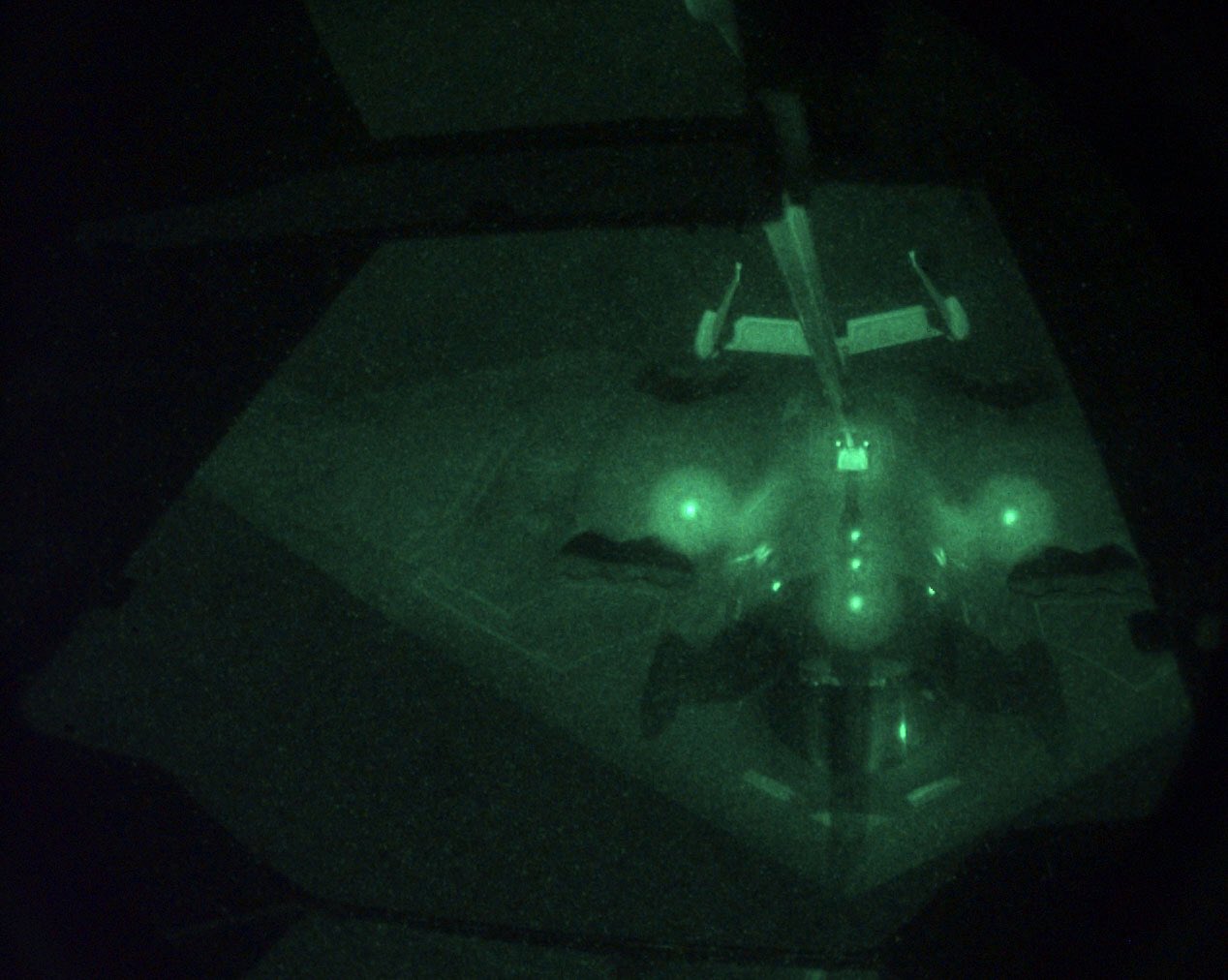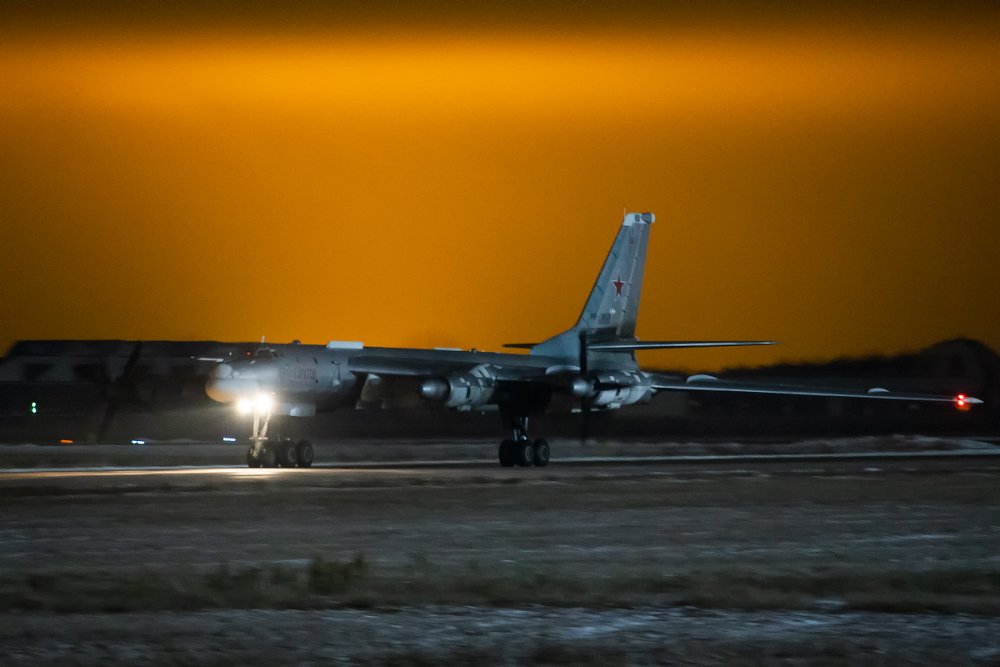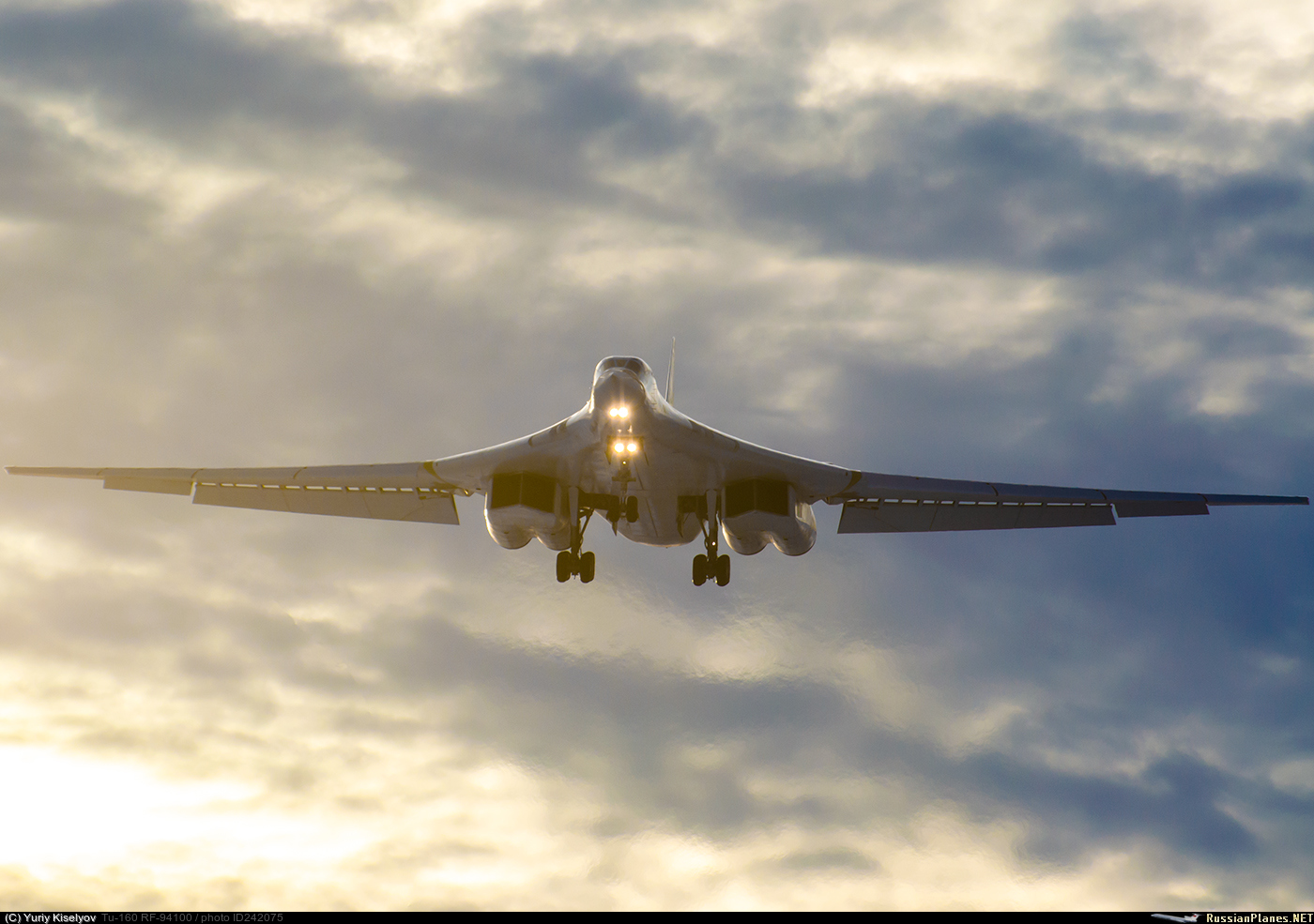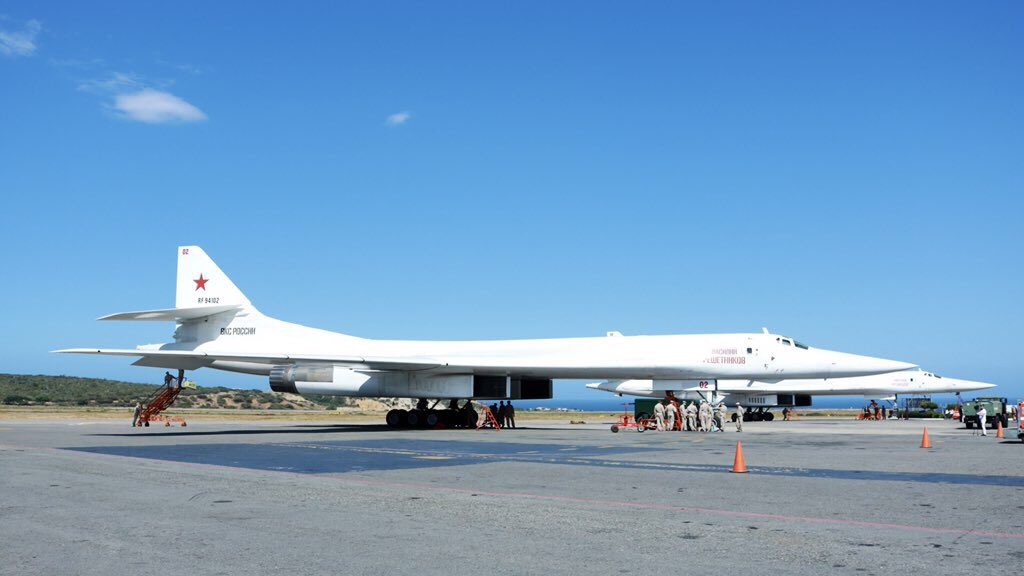Estás usando un navegador obsoleto. No se pueden mostrar estos u otros sitios web correctamente.
Se debe actualizar o usar un navegador alternativo.
Se debe actualizar o usar un navegador alternativo.
El Club de los Bombarderos de Posguerra
- Tema iniciado Grulla
- Fecha de inicio
Sebastian
Colaborador
* Casillic @Casillic
Sergeant Kari Miller (left) and SSGT Mitchell Swindell, Weapons Loading Technicians, 509th Aircraft Maintenance Squadron, Whiteman Air Force Base, Missouri, install safety pins to secure Joint Stand-Off Weapons (JSOW) in the B-2 Spirit bomber during Exercise CORONET DRAGON 49
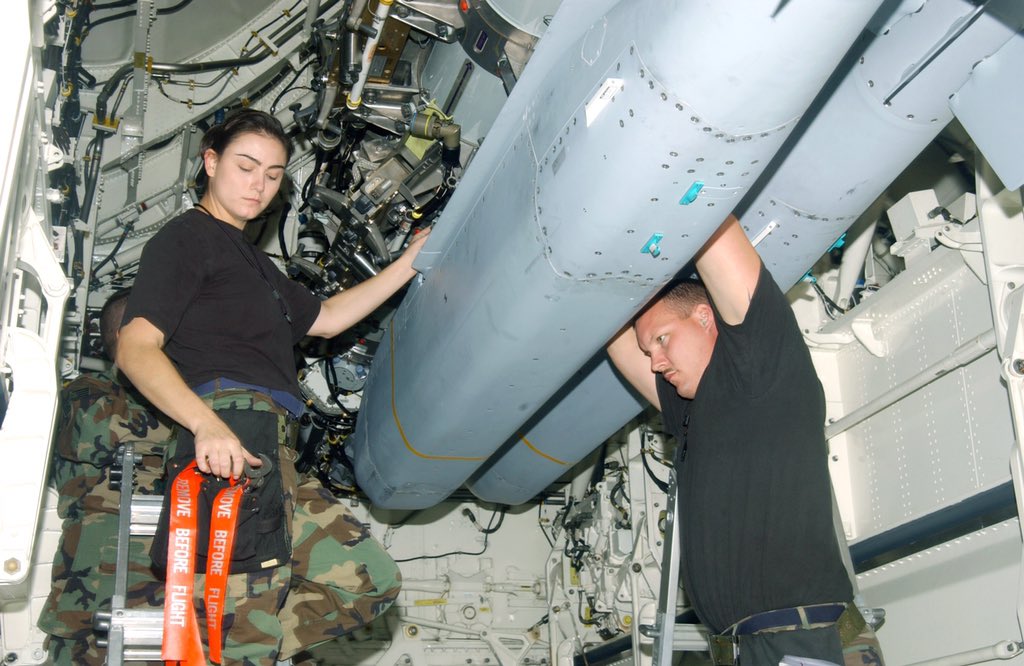
Sergeant Kari Miller (left) and SSGT Mitchell Swindell, Weapons Loading Technicians, 509th Aircraft Maintenance Squadron, Whiteman Air Force Base, Missouri, install safety pins to secure Joint Stand-Off Weapons (JSOW) in the B-2 Spirit bomber during Exercise CORONET DRAGON 49

Sebastian
Colaborador
* Casillic @Casillic
37th Tactical Fighter Wing F-117 aircraft stands Hangar 3. The aircraft is part of display which also includes B-2 bomber aircraft, F-22 tactical fighter aircraft and advanced cruise missile. The exhibit has been assembled to provide members of Congress
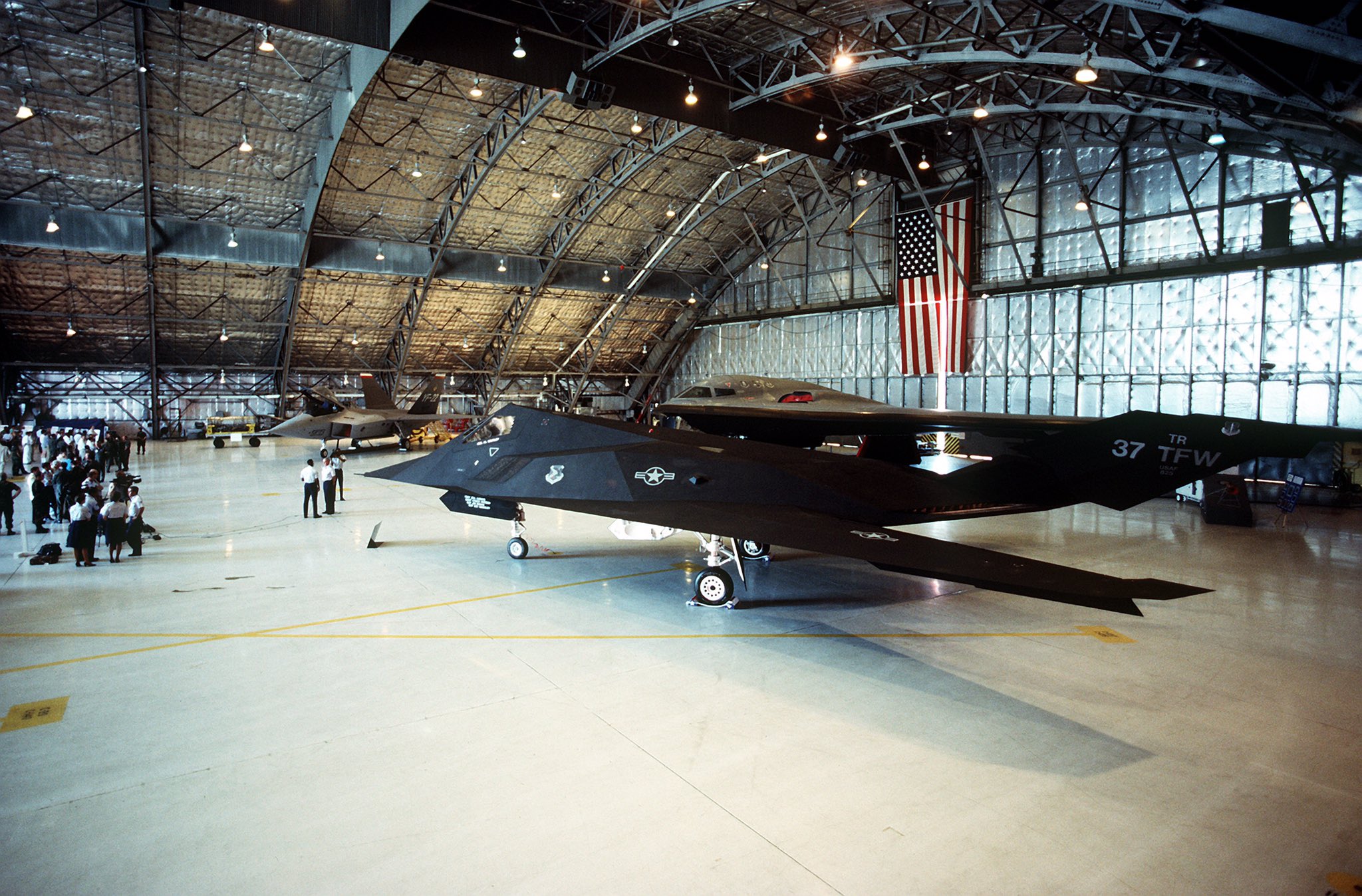
37th Tactical Fighter Wing F-117 aircraft stands Hangar 3. The aircraft is part of display which also includes B-2 bomber aircraft, F-22 tactical fighter aircraft and advanced cruise missile. The exhibit has been assembled to provide members of Congress

Apostar militarmente en Maduro es reforzar el fracaso.
Poco les importa a los Rusos, solo quieren tener acceso al continente americano para clavarle una astilla a USA como las estacas que ellos le ponen en Eurasia.Apostar militarmente en Maduro es reforzar el fracaso.
Temas similares
- Respuestas
- 312
- Visitas
- 19K
- Respuestas
- 2
- Visitas
- 806
- Respuestas
- 9
- Visitas
- 1K
- Respuestas
- 15
- Visitas
- 2K
- Respuestas
- 36
- Visitas
- 5K


